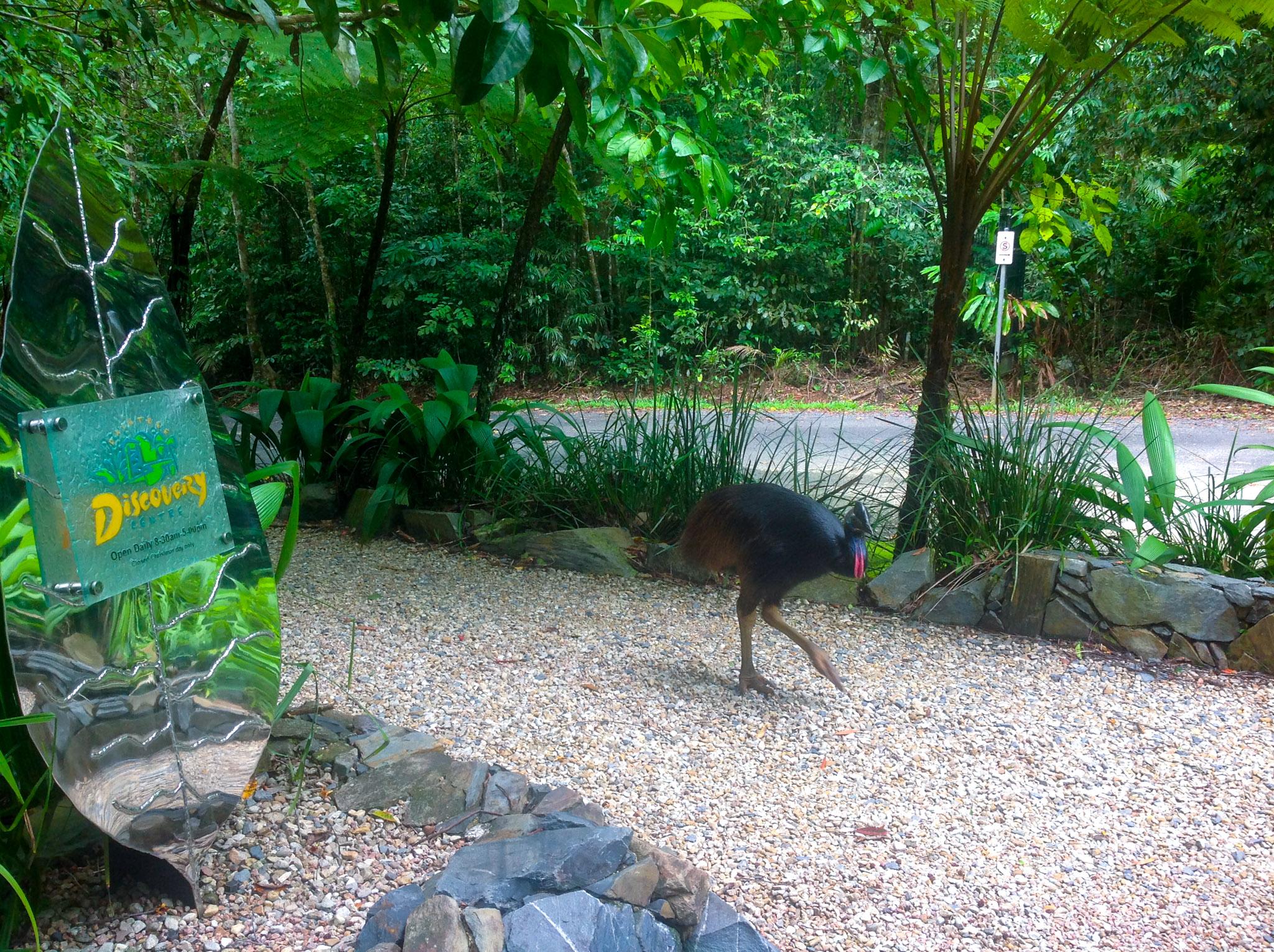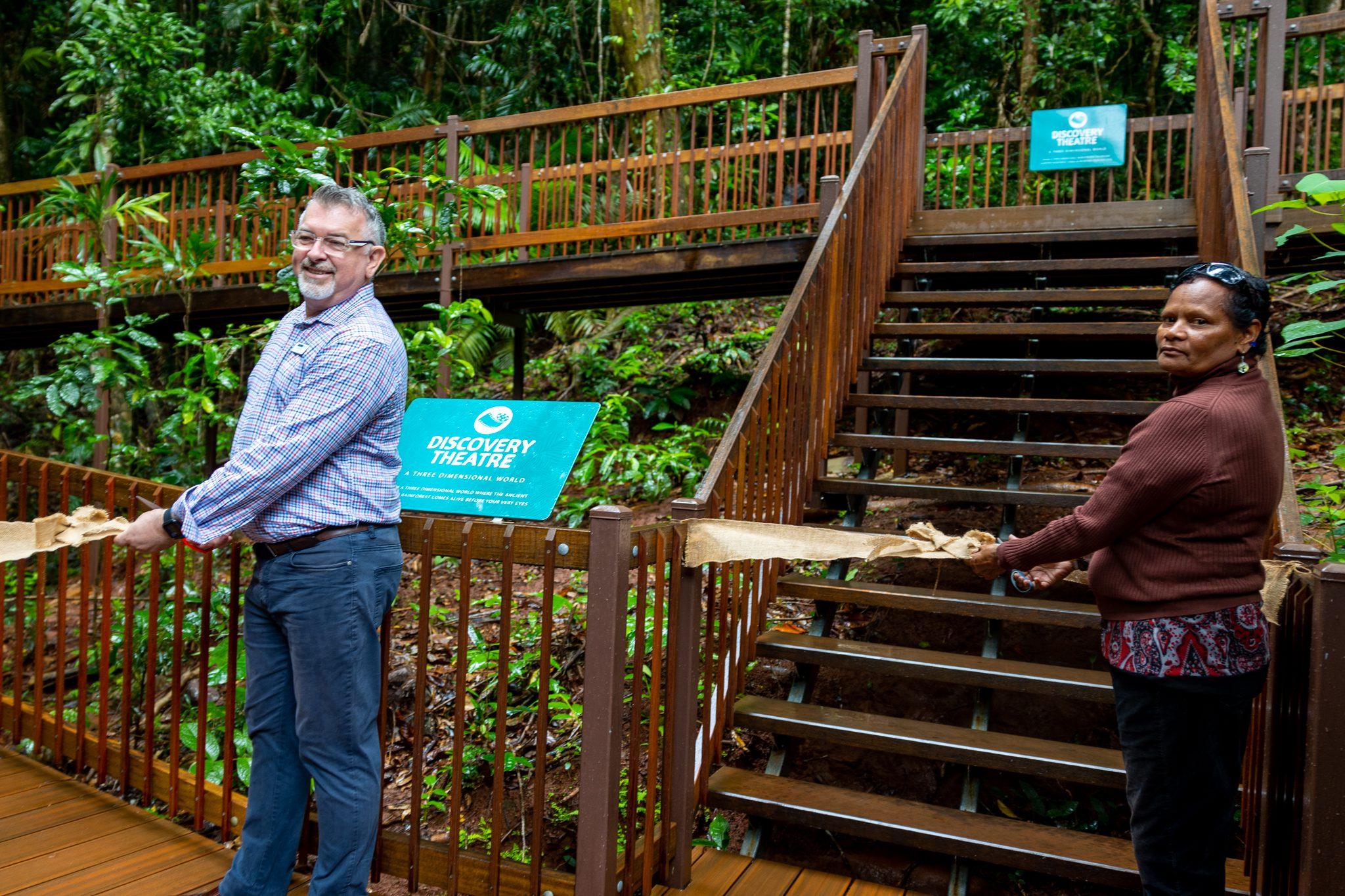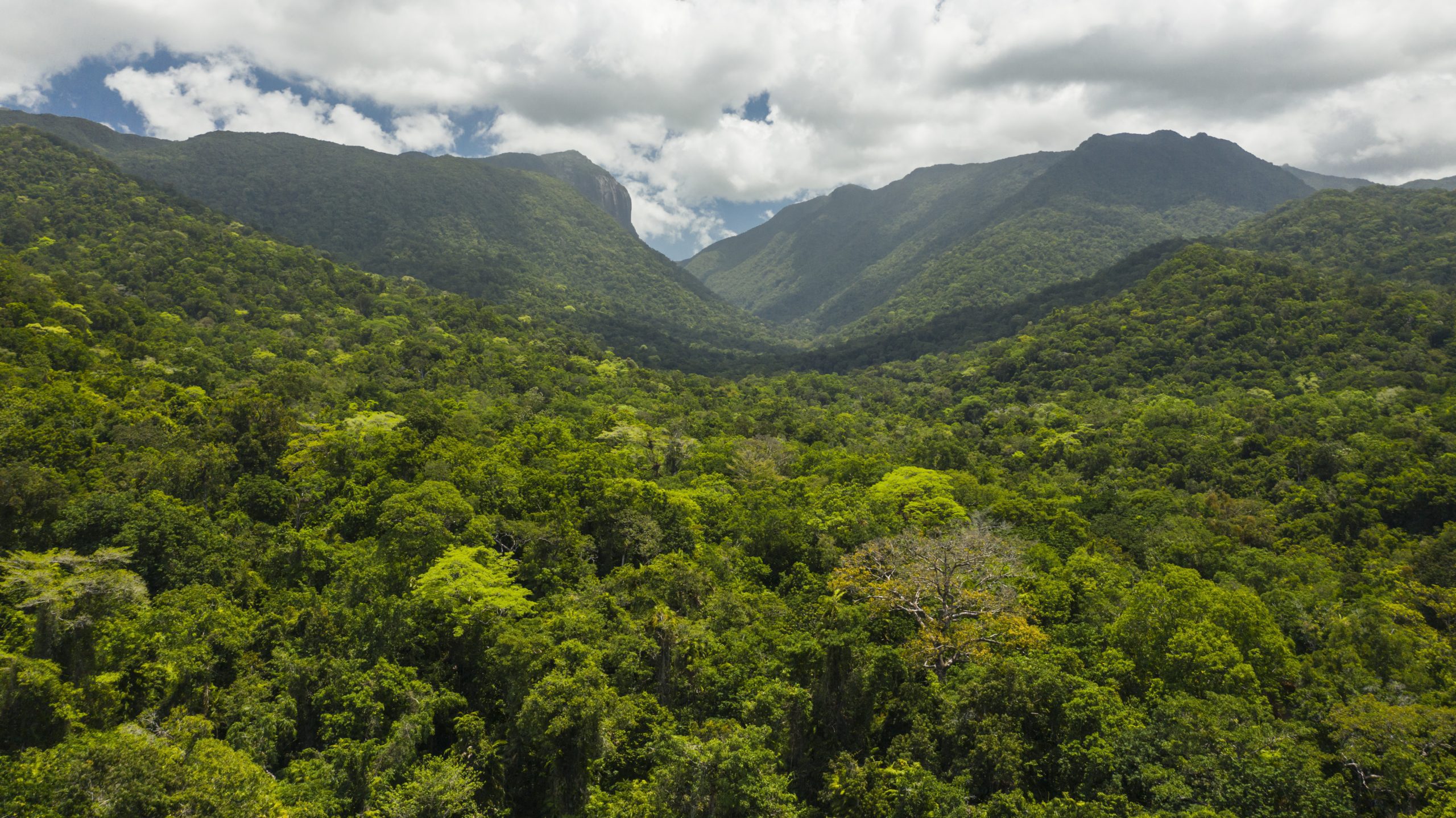Nearly always, the first question we are asked by visitors is, ‘where are all the animals?’ It is a really good question, as some people can leave feeling disappointed because expectation hasn’t met reality, and that is not what we want – we want people leaving here in awe of this incredible rainforest, with a better understanding of it. The reason you don’t see a lot of animals, is actually due to 130 million years of evolution, but first here are some quick Daintree Facts that you may or may not know.

- The Daintree Rainforest is huge – totalling over 1200 square kilometres in size (that’s around 25,000 football fields if you can imagine that, or 162 Sydney Harbours).
- The Daintree Rainforest was named after 19th century Australian geologist and photographer Richard Daintree, but ironically he never actually visited. It was his friend, colonist George Elphinstone Dalrymple that named the river, which you crossed to get here, in 1873, to which the whole region later became known.
- The Daintree is home to some of the biggest tropical trees in the world, particularly the Bull Kauri species, which grow up to 50m.
- 20% of Australia’s bird species, 35% of Australia’s frogs, marsupials and reptiles and 65% of Australia’s bat and butterfly species can be found right here within the Daintree Rainforest.
- The Daintree Rainforest is home to over 3000 species of plants, and contains 395 species that are listed as either rare or threatened. 65% of Australia’s ferns are also found here.
- The Daintree Rainforest is believed to be over 135 million years old, making it the oldest tropical lowland rainforest on Earth (that is more than 120 million years older than the Amazon).
- The Dinosaurs and Megafauna that you meet in the Jurassic Forest (at the Discovery Centre) would have roamed this very rainforest 190 million to two million years ago.
- The Daintree Rainforest sits alongside the Great Barrier Reef and is the only place on Earth where two World Heritage sites meet.
- We are the only off-the-grid community that lives on Mainland Australia. That means we have no electricity, reticulated water, sewerage or general waste services. You can learn more about this in our sustainability exhibit behind me.
- Altogether, there are 18 Rainforest Aboriginal tribal groups in the Wet Tropics World Heritage Area. In this area, the Traditional Owners are the Eastern Kuku Yalanji Aboriginal people. Their country extends from near Cooktown to Port Douglas.
- For the Eastern Kuku Yalanji people many natural features of the landscape have spiritual significance including Wundu (Thornton Peak), Manjal Dimbi (Mount Demi), Wurrmbu (The Bluff) and Kulki, which you would recognise as Cape Tribulation. They have lived here for thousands of years, relying on the rich array of plants and animals for food that the rainforest had to offer.
- The average rainfall in the Daintree each year is two metres (79 inches) but some areas have recorded up to 9 metres (345 inches) in a single year There are two seasons, the wet season from December to March and the during the wet season.




